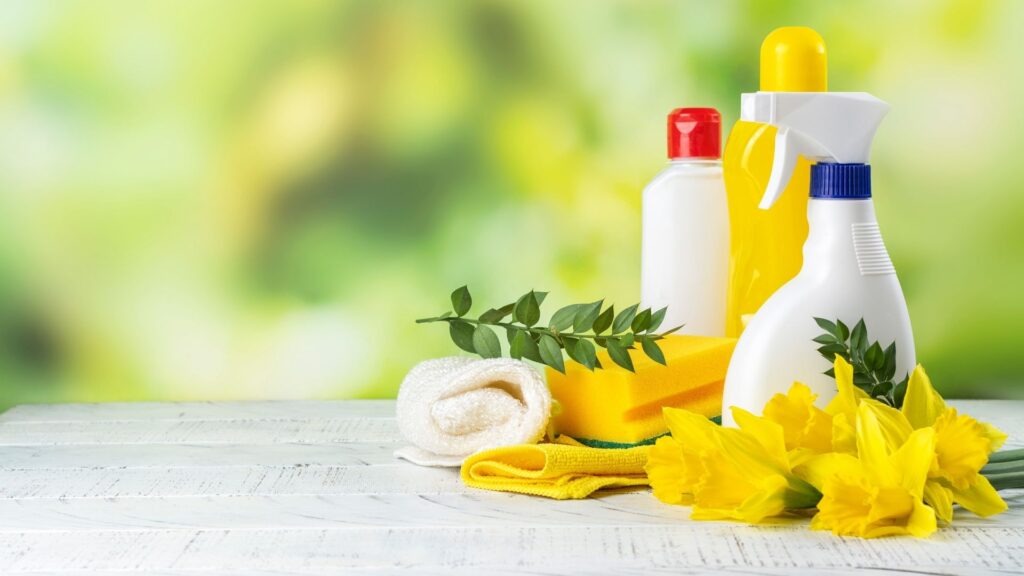
Bleach, the Superhero of Cleaning
In an ideal world, we would all love to live in a pristine, germ-free environment. However, if we want everything to be immaculate, a thorough cleanup will be required. In addition to ironing clothes and doing the laundry, this is one of the least desirable domestic tasks we must complete. But clean, we must.
Cleaning and disinfecting your residence are effective methods for preventing the spread of disease. In most cases, deep cleaning alone can eliminate the majority of germs, including hazardous viruses and bacteria. Unless a household member is ill or a sick guest has recently visited, disinfecting your home to prevent the spread of disease is likely unnecessary. However, when it comes to general cleaning as well, it is sometimes necessary to use chemicals to remove stubborn stains such as grease and gravy. When cleaning kitchens and bathrooms with persistent stains, bleaching is one of the techniques used.
Most people’s cleaning kits wouldn’t be complete without bleach, but picking the appropriate kind of bleach may be challenging. You need a product that is suited for the cleaning work at hand whether you’re trying to get rid of old stains from your favorite red t-shirt or your kitchen.
Instead of using traditional disinfectants, you can use a bleach solution to rid your home of germs. However, there are proper ways to use bleach for cleaning, as well as precautions to take and drying times to observe thereafter.
Whether you are already knowledgeable about bleach or are just beginning to learn about it, you will find a wealth of useful information in this article. If you continue reading, expert cleansers affiliated with Sirwiss will explain how to use bleach and other potential bleach alternatives.
All About Bleach
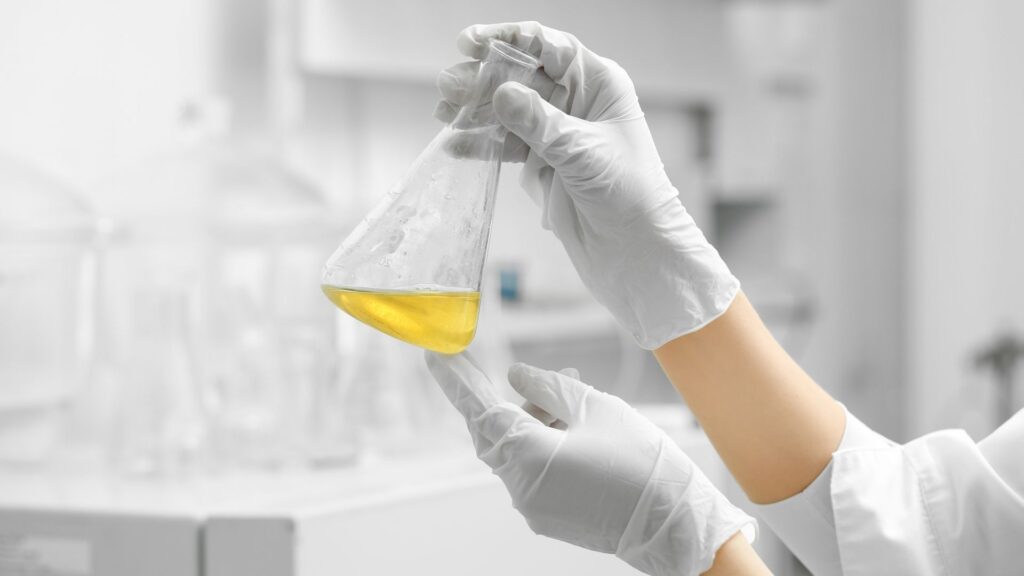
Although bleach has been around for quite some time and is well-known for its cleaning, whitening, and disinfecting abilities, not many people actually know very much about it. Bleach, a chemical substance, is frequently used as a cleaning agent and whitener. It can be used to clean and disinfect many different surfaces, and it is commonly created by combining sodium hypochlorite (bleaching agent) with water.
Bleach’s effectiveness against bacteria and viruses makes it a popular choice for cleansing and disinfecting in both the home and the workplace. However, bleach should be used with caution, as it can be hazardous if ingested or comes into contact with certain substances. It is also essential to thoroughly cleanse surfaces after applying bleach to remove any residue.
How Does Bleach Work?
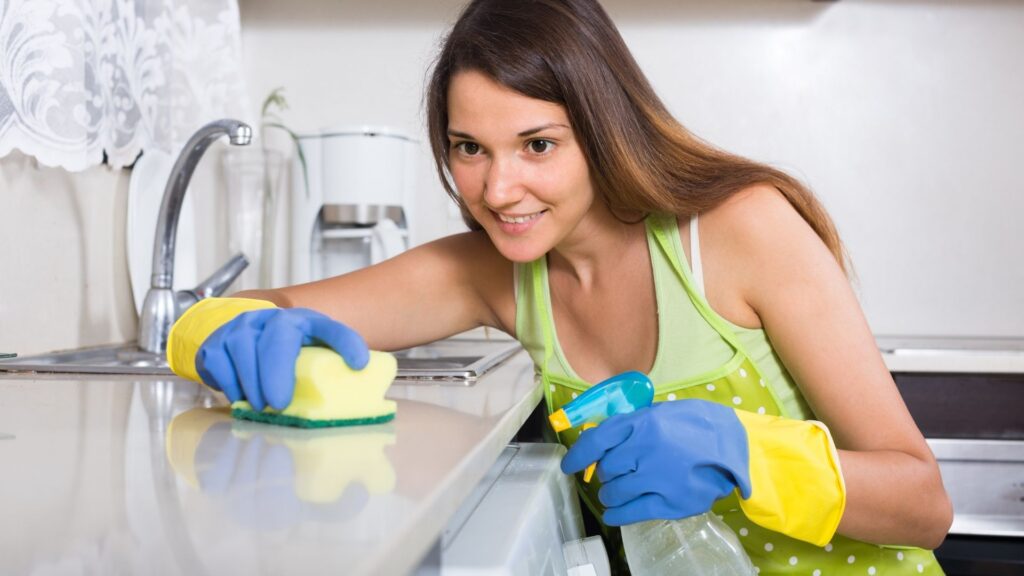
Bleach kills a wide range of bacteria and viruses by releasing hypochlorous acid, a potent disinfectant. When bleach is mixed with water, sodium hypochlorite decomposes into hypochlorous acid and sodium hydroxide. Hypochlorous acid is responsible for bleach’s disinfectant properties, while sodium hydroxide aids in the dissolution of grime and debris. The hypochlorous acid in bleach oxidizes the cell walls of bacteria and viruses, destroying their internal structures. This is why bleach is such a powerful disinfectant and cleansing agent.
Bleach Recipes for Cleaning
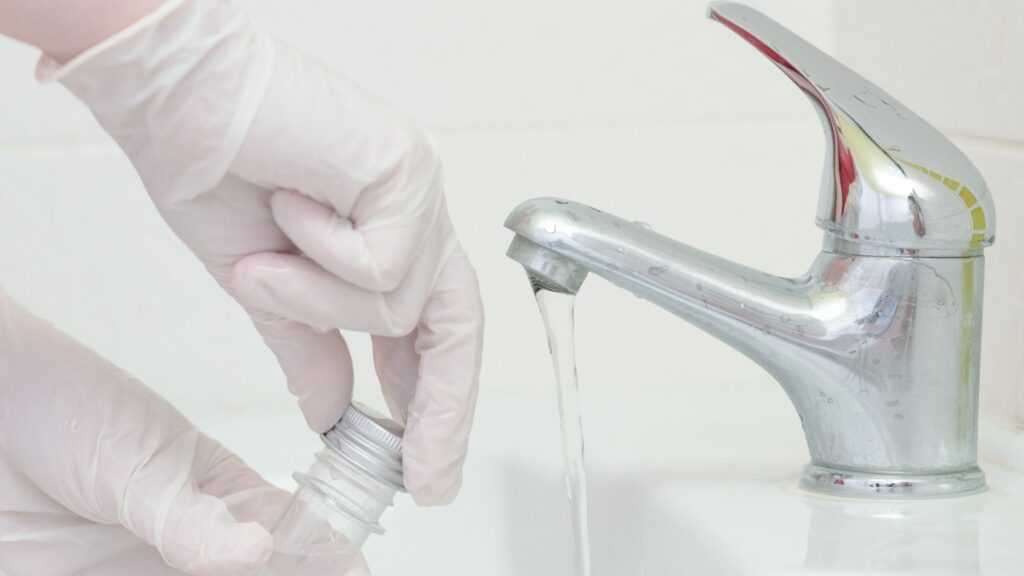
There are a variety of ways to use bleach as a cleaning agent, depending on the specific cleaning tasks you need to complete. Here are some instances:
- All-purpose bleach cleaner: Mix one part bleach with nine parts water in a spray bottle. This solution can be used to clean and disinfect a wide variety of surfaces, including countertops, sinks, and toilets.
- Heavy-duty bleach cleaner: Mix one part bleach with three parts water in a bucket. This solution can be used to clean and disinfect heavily soiled surfaces, such as floors and walls.
- Disinfecting wipes: Mix one cup of bleach with one gallon of water in a large container. Soak paper towels or cloth wipes in the solution and use them to clean and disinfect surfaces.
It is essential to use bleach with care and in accordance with the label’s instructions. Mixing bleach with other cleaning products can produce toxic vapors. Additionally, ensure that surfaces are thoroughly rinsed with water to eradicate any bleach residue.
How to Use Bleach for Cleaning
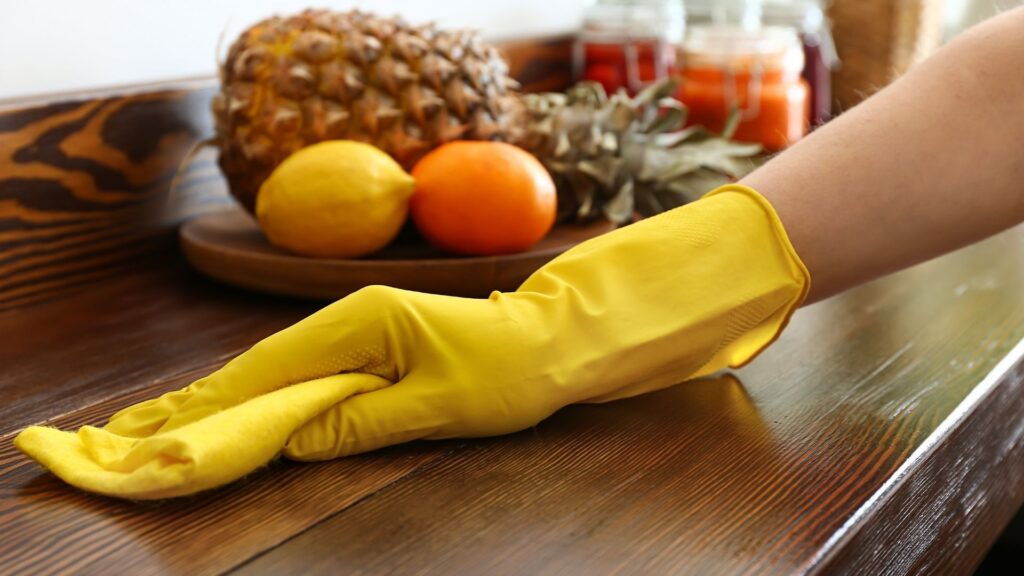
Bleach can be a useful cleaning tool if used properly, so long as the recommendations on the bottle are adhered to. Here are some broad rules to follow while cleaning with bleach:
- Always dilute bleach with water before using it. The recommended ratio is typically one part bleach to nine parts water.
- Use bleach on non-porous surfaces, such as tiles, glass, and metal. Avoid using bleach on porous surfaces, such as wood, as it can damage the surface and cause it to discolor.
- Protect yourself by wearing gloves and eye protection when using bleach.
- Never mix bleach with other cleaning products, as this can produce harmful fumes.
- Apply the bleach solution to the surface using a cloth, sponge, or mop. Be sure to cover the entire surface evenly.
- Allow the bleach solution to sit on the surface for several minutes to allow it to disinfect and whiten.
- Rinse the surface thoroughly with water to remove any bleach residue.
- Store bleach in a cool, dry place out of reach of children and pets.
By adhering to these guidelines, you can safely and effectively use bleach to clean and disinfect your home.
The Pros and Cons of Using Bleach
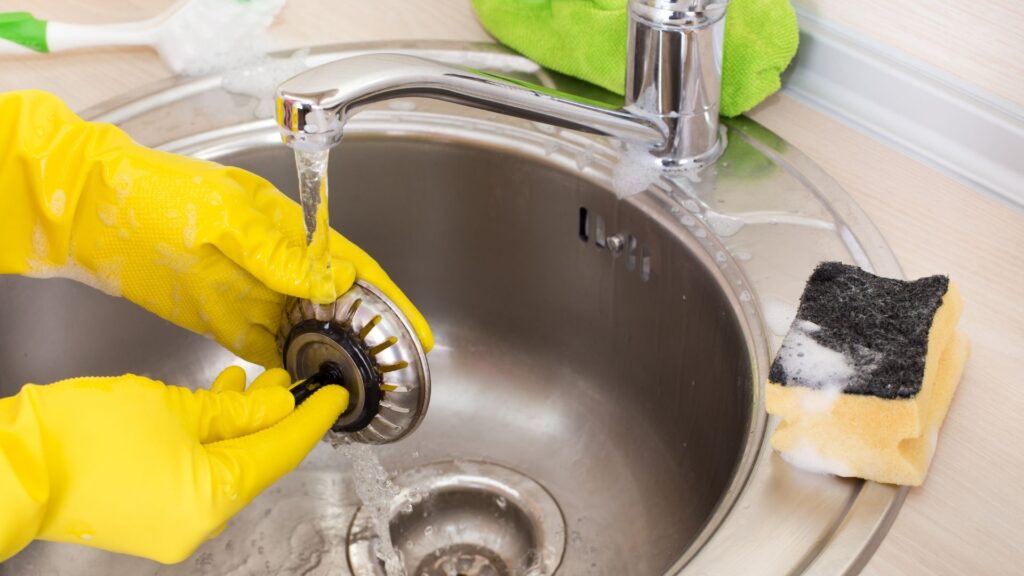
As with any cleansing product, bleach has both benefits and drawbacks. Here are the primary benefits and drawbacks of using bleach as a cleansing agent:
Pros:
- Bleach is a powerful disinfectant that is effective at killing bacteria and viruses.
- It can be used on a wide variety of surfaces, including tiles, glass, and metal.
- It is a good whitening agent, so it can be used to remove stains and restore the natural color of surfaces.
- It is relatively inexpensive and widely available.
Cons:
- Bleach can be harmful if ingested or if it comes into contact with certain materials. It is important to use it carefully and to follow the instructions on the product label.
- It has a strong, unpleasant odor that some people may find unpleasant.
- It can damage porous materials, such as wood and fabric, if it is not used properly.
- It can be harmful to the environment if it is not disposed of properly.
Ways You Should Be Using Bleach in the Kitchen
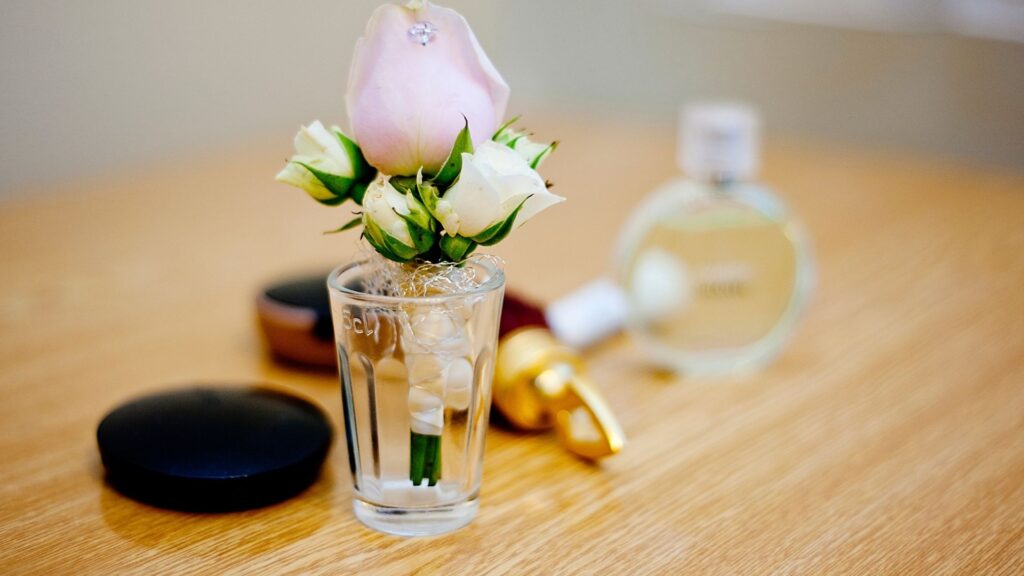
Bleach is typically found in people’s bathrooms, but it is also quite useful in the kitchen. Bleach is an effective cleanser for many surfaces, despite the fact that most people avoid it in the bathroom, provided that it is handled properly.
Here are some of the many alternative bleach applications:
1. Disinfect trash containers
2. Clean kitchen linens
3. Clean kitchen floors
4. Sanitize plastic cutting boards
5. Clean plastic furniture
6. Clean Porcelain sinks
7. Keep flowers fresher
8. Sanitize sponges
9. Brighten stained storage containers
10. Kill weeds
11. Add a sparkle to glasses and crystalware
12. Remove tea and coffee stains from the inside of mugs and cups
Chemical-free Bleach

Many commercially available cleaning products contain hazardous compounds that can cause respiratory issues, skin irritations, and even air pollution. You can easily create a natural disinfectant at home using ingredients in place of these products.
1. Alcohol and Hydrogen Peroxide-Based Disinfectants
Use basic undiluted rubbing alcohol. Choose a product that has at least 70% alcohol content, or else it won’t effectively kill bacteria or viruses. Put the rubbing alcohol in a spray bottle so you easily apply it to any surface.
- This cleaning solution should be effective against coronavirus.
- Do not dilute your rubbing alcohol with water since it is easy to make an error and end up with a percentage that would be ineffective
1.2 Make a herbal rubbing alcohol spray
Pour 10-30 drops of thyme or another essential oil of your choice into an 8 fluid ounces (240 ml) glass spray bottle. Fill the rest of the spray bottle with rubbing alcohol that has at least 60% alcohol content. Shake the bottle to mix the ingredients and store it in a cupboard or pantry.
- This cleaner is also effective to use for the novel coronavirus.
2. Use a vinegar and hydrogen peroxide combination.
Vinegar and hydrogen peroxide work well to disinfect, but they should not be combined in a single container as they make a peracetic acid which can be hazardous. Instead, add undiluted white vinegar to one spray bottle and 3% hydrogen peroxide to another.
- You cannot use this cleaner to combat against coronavirus.
- To use, clean a surface, then spray it with one mixture, let it sit for about 5 minutes, then wipe with a clean cloth and spray with the other. Let it sit for 5 minutes and then wipe with another clean cloth.
- It does not matter if you start with vinegar or with the rubbing alcohol.
2.1 Make a basic vinegar-based spray.
In a standard-sized glass spray bottle, add 1 part water, 1 part vinegar and 5-15 drops of 100% essential oil or lemon oil. You can use whichever essential oil whose scent you prefer or customize the scent according to what room in your home you are cleaning.
- Vinegar-based disinfectants will not work to disinfect surfaces from viruses, including the novel coronavirus.
- Lemon essential oil is traditionally used to clean the kitchen, as the lemon scent can neutralize strong kitchen smells.
- Tea tree and eucalyptus oil are great for neutralizing bathroom odors.
- You may prefer to use milder smelling essential oils such as chamomile or vanilla in the parts of your houses where you are not worried about eliminating odors.
- Essential oils can sometimes react with plastic, which is why you should use a glass spray bottle.
2.2 Make disinfectant wipes.
If you want to make disinfectant wipes rather than a spray, follow the same recipe as if making a basic vinegar spray, but instead of putting the ingredients in a spray bottle, put them instead in a large glass jar and swirl them to combine. Cut 15-20 pieces of cloth into 10 in (25 cm) squares and place them inside the jar of cleaner.
- These wipes do not disinfect surfaces contaminated with coronavirus.
- Press down the cloths inside the glass jar so that they are submerged and can soak up the cleaner. Then place the lid on the top of the jar and store the wipes in a cupboard or pantry.
- To use the wipes, take out a wipe and wring it out to remove excess cleaner, then use it to wipe surfaces clean.
2.3 Make vinegar and baking soda spray
In a clean bowl or bucket, add 4 cups (950 ml) of hot water, 1⁄4 cup (59 ml) of white vinegar, and 2 tablespoons (28.8 g) of baking soda. Mix until the baking soda dissolves, then cut a lemon in half and squeeze both halves into the solution. Drop both rinds of the lemon into the mixture and wait for it to cool.
- Once cooled, add 4 drops of lemon essential oil or the essential oil of your choice. Strain the mixture through a fine sieve to remove any lemon pulp, seeds or rind, then transfer the mixture into a spray bottle.
Bleach is sometimes used to get rid of mold and mildew. Some people scrub and disinfect, while others polish and flush. Since bleach is now commonly used, many people use it without thinking about the potential risks.
Have you taken note of the prevalence of lemon and pine fragrances in many of our cleaning and deodorizing products? The fact that lemon aromas are associated with cleanliness is not coincidental. Because of the acidic properties of lemon make them a non-toxic way to clean and disinfect kitchen materials such as cutting boards and trays and can be used to kill germs, eradicate bacteria, and get rid of unpleasant odors. Use all cleaning agents wisely.